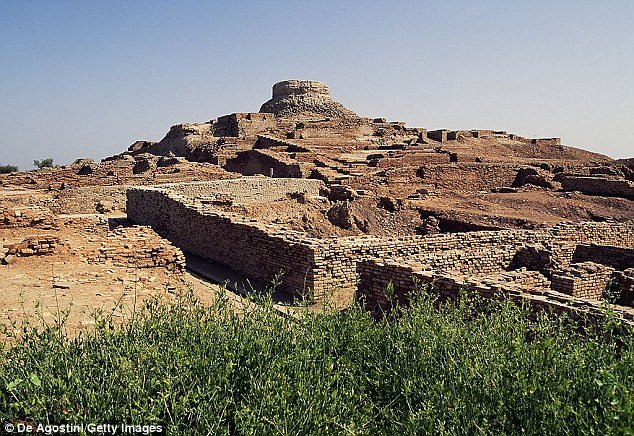
But there may have been one mysterious, ancient group of people that was able to fulfil the dream of life without conflict or rulers.
Remains of the Indus civilisation, which flourished from 2600 to 1900 BC, show no clear signs of weapons, war or inequality.
This is according to Andrew Robinson. the author of The Indus: Lost civilisations, who has written an in-depth piece in the New Scientist.
'All signs point to a prosperous and advanced society - one of history's greatest,' he writes.
The Indus Empire stretched over more than a million square miles across the plains of the Indus River from the Arabian Sea to the Ganges, over what is now Pakistan, northwest India and eastern Afghanistan.
Like their contemporaries, the Indus - who may have made up 10 per cent of the world's population - lived next to rivers, owing their livelihoods to the fertility of annually watered lands.
But the remains of their settlements are located in a vast desert region far from any flowing river.
They were forgotten until the 1920s, but since then, a flurry of research has uncovered a sophisticated urban culture with myriad internal trade routes.
So far, more than a thousand Indus settlements covering Pakistan and northwestern India have been discovered.
While multiple pieces of jewellery and the remains of various buildings have been found, not a single piece of armour or military weapons has been discovered.
Robinson points out that archaeologists have uncovered just one depiction of humans fighting, and it is a partly mythical scene showing a female goddess with the horns of a goat and the body of a tiger.
There is also no evidence of horses - an animal that late became common in the region - suggesting they were not use to raid other towns and cities.
In the almost 100 years since the Indus civilisation was discovered, not a single royal palace or grand temple has been uncovered.
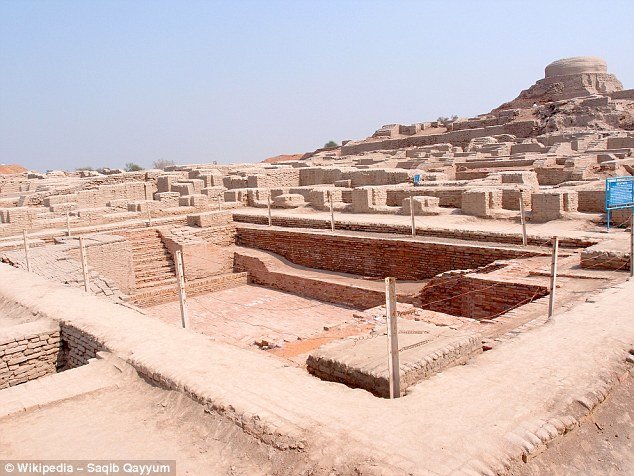
'Is it going too far to see these Indus cities as an early, urban Utopia?'.
While Mr MacGregor sees the utopian theory as credible, others cast doubt on the total absence of war.
Richard Meadow, Director of the Zooarchaeology Laboratory at the Peabody Museum of Harvard University, said: 'There has never been a society without conflict of greater or lesser scale.'
He argues that until the Indus script is deciphered, we cannot really know whether they lived this idyllic life.
Large societies are usually overseen by a central government, yet findings suggest otherwise for the Indus civilisation.
So far, the only sculpture that might depict a ruler is of a bearded man, dubbed the 'priest-king' - due to his resemblance to Buddhist monks and Hindu priests.
Many of the structures and buildings however, would have taken the coordination of tens of thousands of men, which some argue would have required a leader of sorts.
For example, Mohenjo-daro - an archaeological site in the province of Sindh, Pakistan - required a huge amount of man power to build.
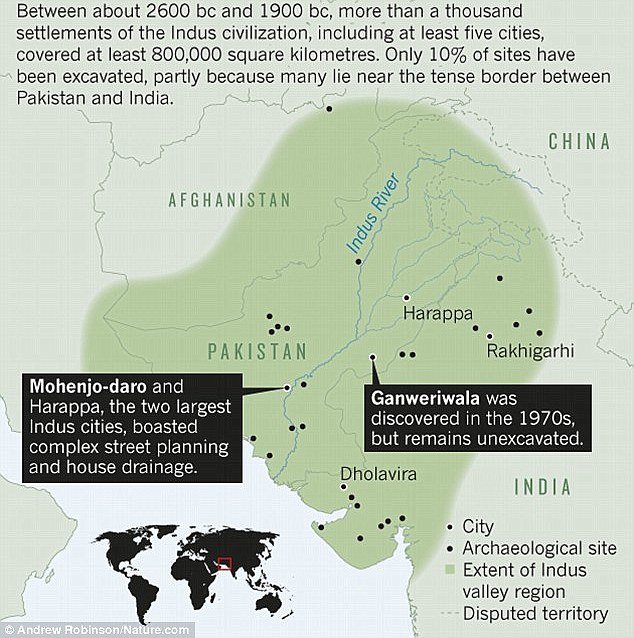
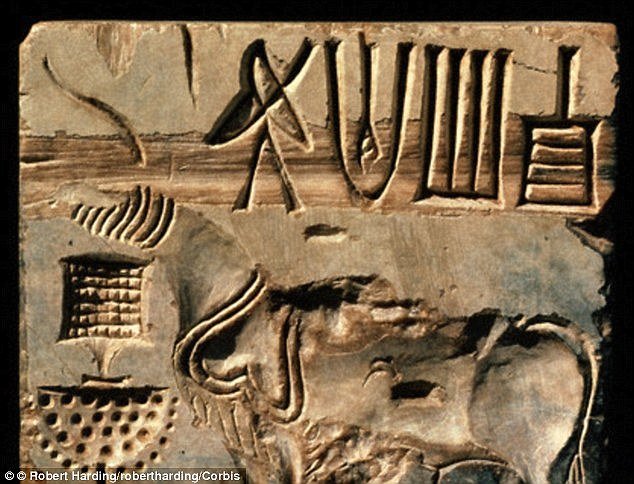
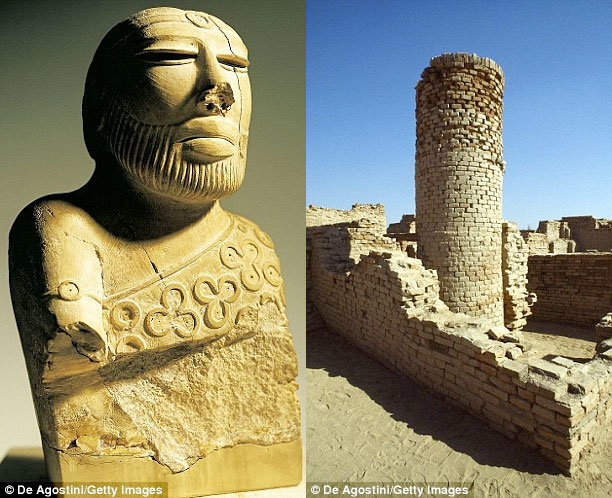
Robinson believes the key in understanding this civilisation, is deciphering their script.
In an article published in Nature last year, he said: 'More than 100 attempts at decipherment have been published by professional scholars and others since the 1920s.
'Now - as a result of increased collaboration between archaeologists, linguists and experts in the digital humanities - it looks possible that the Indus script may yield some of its secrets.'
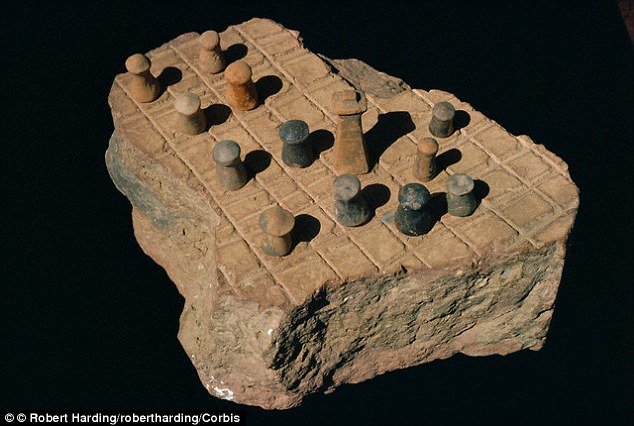



Comment: For more on the Indus civilization see: